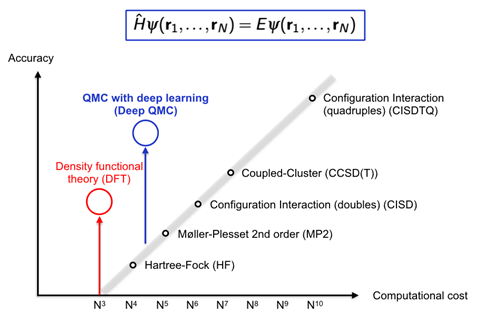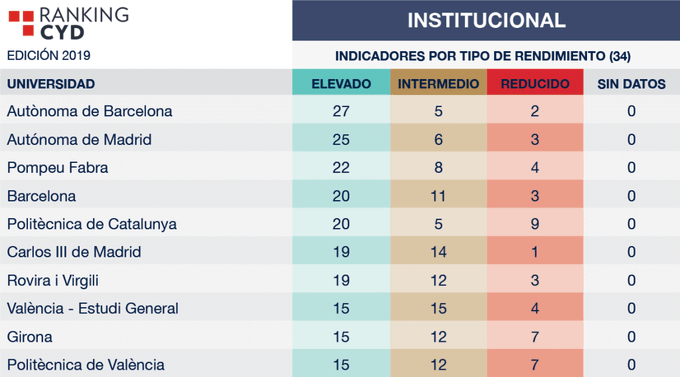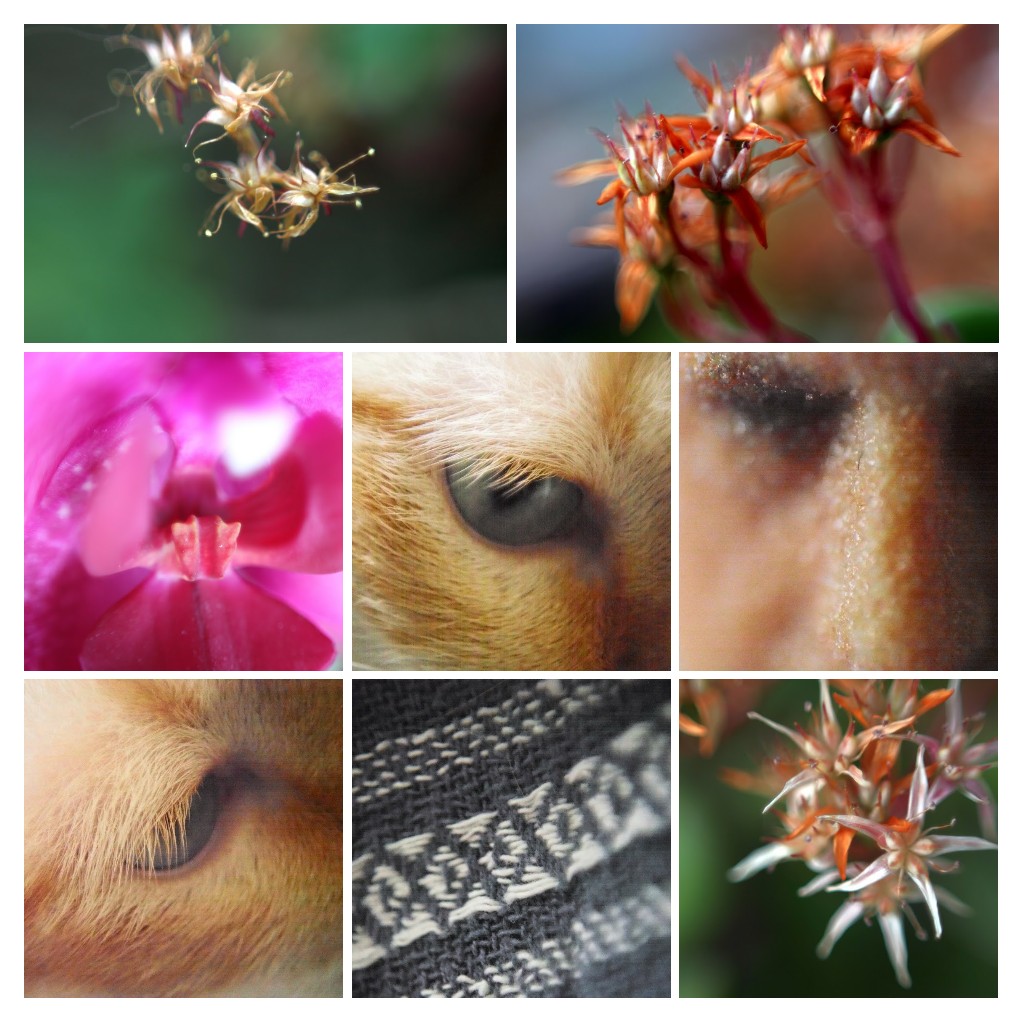Començo per un gran acudit. Ja he dit en d’altres ocasions que el millor material multimèdia ja és inventat: s’anomena llibre. Aquest acudit a reddit/boomerhumor és molt bo
Aquesta setmana he fet la primera reunió en línia de la comissió permanent del departament, lògicament distanciada (separada). La universitat continua, i tenim les eines suficients per resoldre problemes, plantejar nous reptes i encarar el futur immediat i el nou curs 20/21.
Aquesta setmana s’ha publicar una nova edició del Rànking CyD d’universitats espanyoles, amb anàlisi per camps de coneixement. La UdG hi queda força bé, amb un 9è lloc general.
Però és en el camp de la química on la posició és espectacular, ja que el nostre camp queda en segon lloc a Espanya, només per darrere de Còrdova.
He d’analitzar-ho millor, però estic content que la feina de tants d’anys resulti ara (ja ho anava fent) en aquests resultats extraordinaris.
Les llargues hores del confinament serveixen per provar coses noves. Per exemple, a casa hem fet un “concurs” de fotografia macro, fent servir una lent de 50mm invertida, seguint consells trobats a la xarxa. El resultat és el d’aquesta imatge.
Coses que he trobat navegant:
Un assaig profund, per pensar: At the limits of thought. Science today stands at a crossroads: will its progress be driven by human minds or by the machines that we’ve created? Algunes frases interessants són aquestes. Per exemple, es parla de la instrucció i de l’aprenentatge:
Data can be acquired without explanation and without understanding. The very definition of a bad education is simply to be drilled with facts: as in learning history by rote-memorising dates and events. But true understanding is the expectation that other human beings, or agents more generally, can explain to us how and why their methods work. We require some means of replicating an idea and of verifying its accuracy. This requirement extends to nonhuman devices that purport to be able to solve problems intelligently. Machines need to be able to give an account of what they’ve done, and why.
The requirement to explain is what links understanding to teaching and learning. ‘Teaching’ is the name we give to the effective communication of mechanisms that are causal (‘if you follow these rules, you will achieve long division), while ‘learning’ is the acquisition of an intuition for the relationships between causes and their effects (‘this is why long division rules work’). The nature of understanding is the very ground for the reliable transmission and cultural accumulation of knowledge. And, by extension, it is also the basis of all long-term prediction.
Let’s say that the god is the Universe, the dream our desire to understand, and the machines are the insane man, all repeating their obscure statements. Taken together, their words and echoes are the system of our scientific enquiry. It is the challenge of the 21st century to integrate the sciences of complexity with machine learning and artificial intelligence. The most successful forms of future knowledge will be those that harmonise the human dream of understanding with the increasingly obscure echoes of the machines.
Que tornin els blogs!
Certament els blogs s’han abandonat una mica, en favor de missatges multimèdia i missatges curts. A mí mateix em costa mantenir el meu blog, aquest blog. Per això és interessant l’article de Wired ‘Expert Twitter’ Only Goes So Far. Bring Back Blogs, que parla de la diferència entre publicar missatges d’experts a twitter, o fer-ho amb articles més llargs:
To ensure readers get the latest, best information on Covid-19, pandemic experts need to go back to the early days of Web 2.0.
In the first stage of this crisis, a lot of energy has been devoted to building out the supply chains for medical equipment, therapeutics, and testing materials. As we come to realize that the free flow of expert information can play an equally important role in our response, it’s time that we build out the best possible content supply chains as well.
#artint
El Chemistry World té un interessant article sobre IA i estructura electrònica: Quantum chemistry simulations offers beguiling possibility of ‘solving chemistry’
Two approaches appeared on arXiv just a few days apart in September 2019, both combining deep machine learning and Quantum Monte Carlo (QMC) methods. Researchers at DeepMind, part of the Alphabet group of companies that owns Google, and Imperial College London call theirs Fermi Net. They posted an updated preprint paper describing it in early March 2020.1 Frank Noé’s team at the Free University of Berlin, Germany, calls its approach, which directly incorporates physical knowledge about wave functions, PauliNet.2
Later the same month, a team including one researcher each from IBM and Flatiron Institute, both in New York, US, and the University of Zurich, Switzerland, published its machine learning approach.3 It adapts a method for simulating molecules in quantum computing to classical computers, and also uses QMC to optimise its results.

Aquesta figura proporciona el cost computacional d’un dels mètodes. L’article està ple de referències, mereix una consideració apart.
Un altre article sobre química del Chemistry World tracta de l’agregat de sis molècules d’aigua: Water’s boat shape resolves disagreement between theory and experiment. Aquest agregat pot ser pla, tenir forma de cadira, o de vaixell. Aquí els càlculs de dinàmica molecular ab initio mostren que la configuració de vaixell és la més estable. M’ho miraré bé perquè en la meva trajectòria investigadora he treballat amb agregats de molècules d’aigua.



